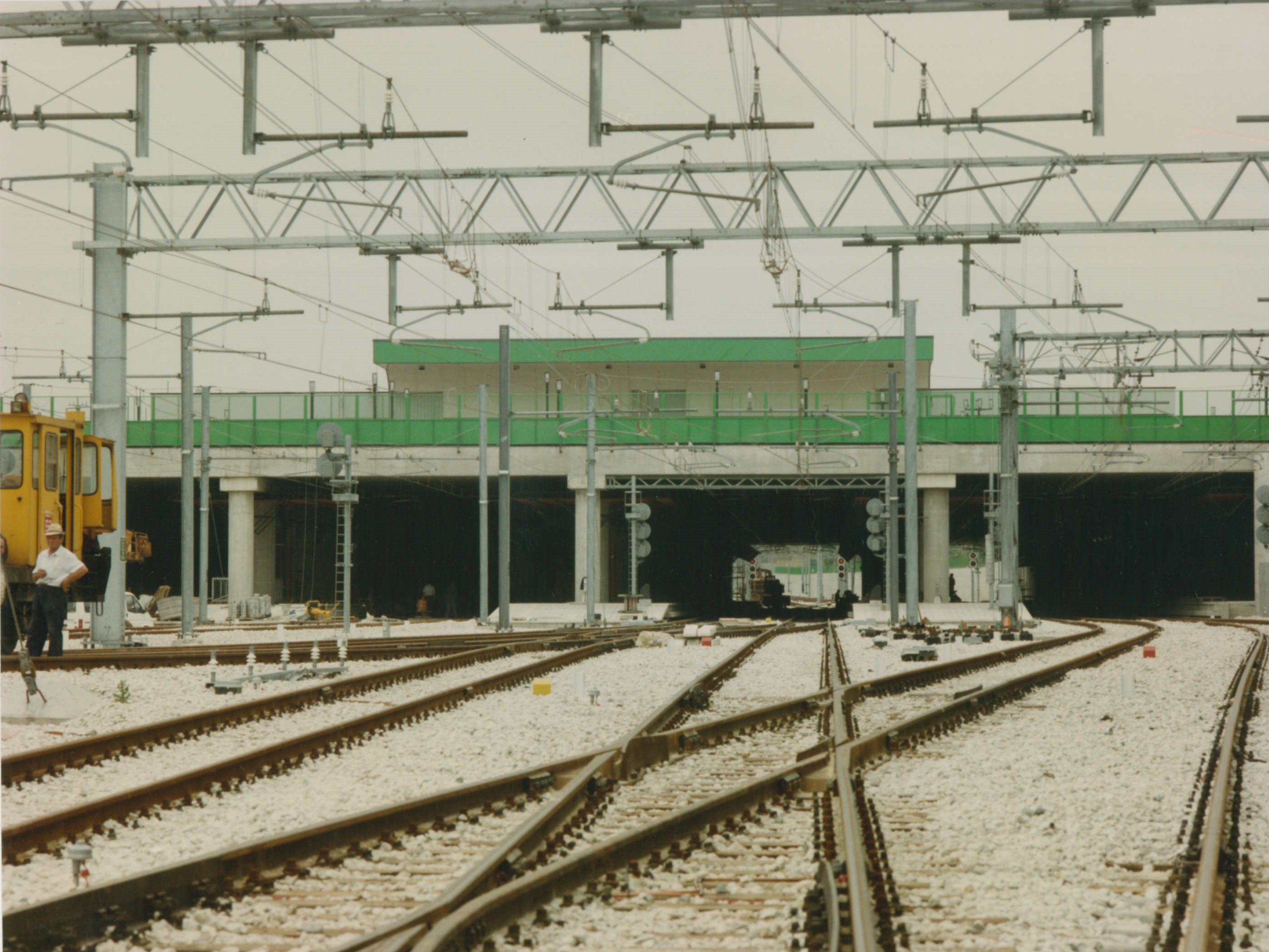
Bovisa quadruplication
The station at Bovisa was undoubtedly the beating heart of the quadruplication project and of the processes which brought it to fruition over time. First the redesign and then the reconstruction of this important line system were both the destination and the starting point for this phase of railway modernisation which, in no uncertain terms, was certainly the most substantial since the switch from steam power to electric traction.
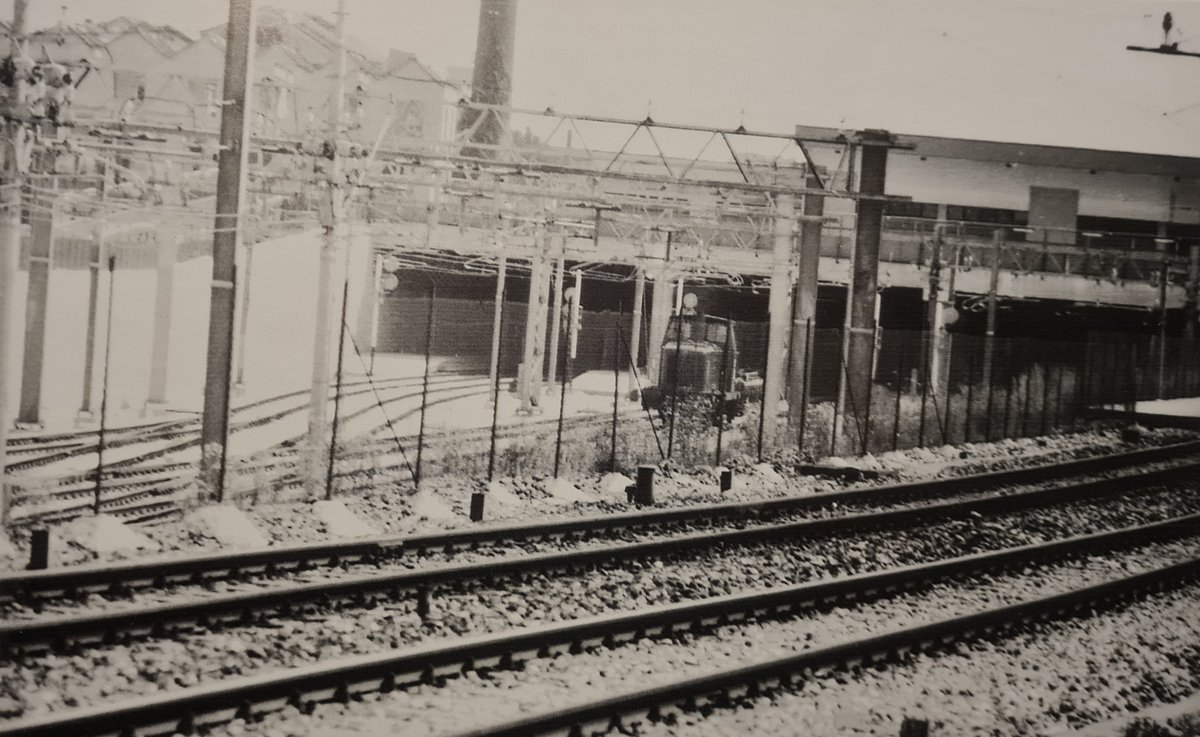
Gallery
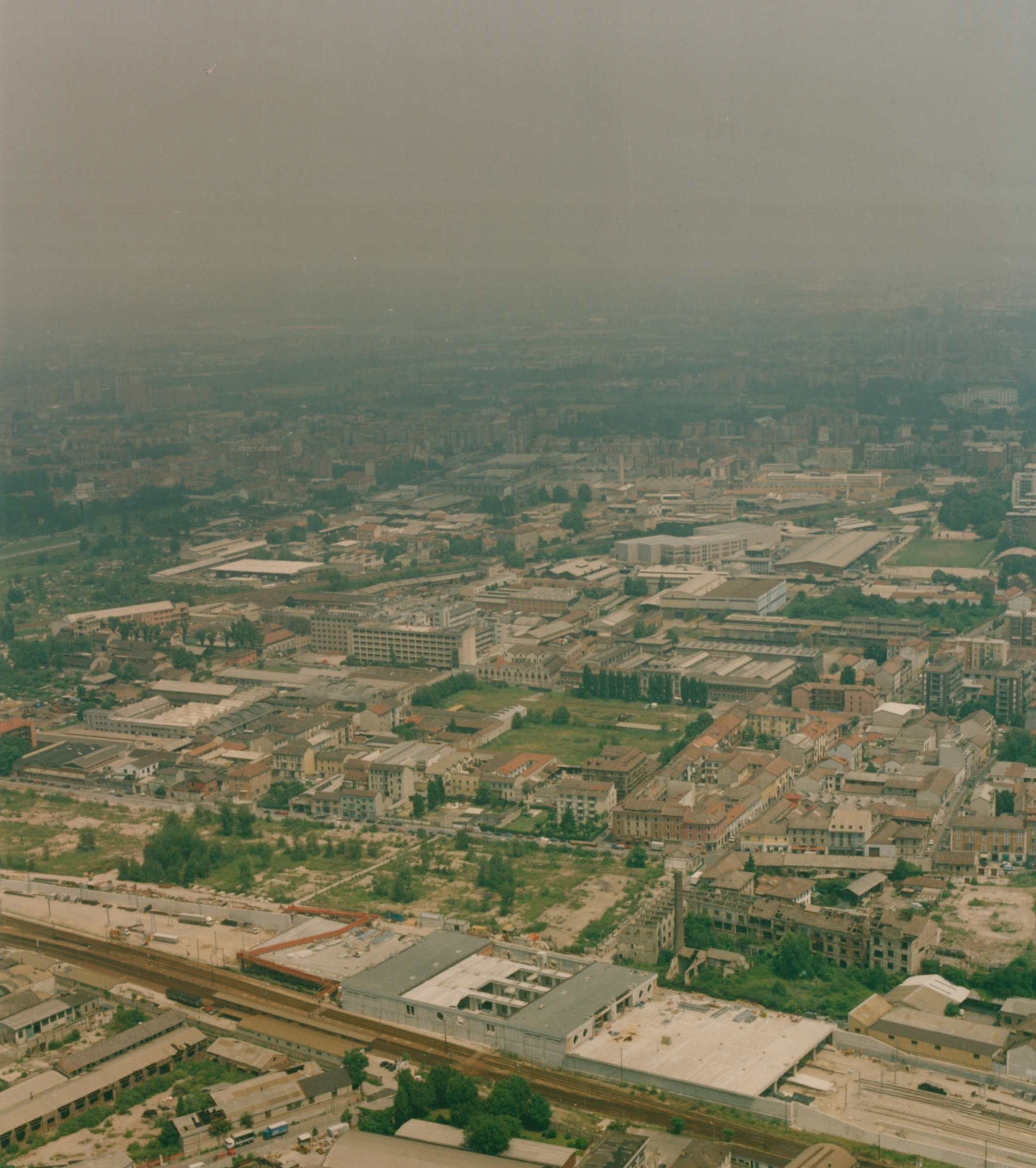
An aerial view of the Bovisa area: the new “bridge” style station can be seen still under construction. In the foreground is the temporary prefabricated building, now demolished, which replaced the old station for several months until the new one opened. This is in 1990 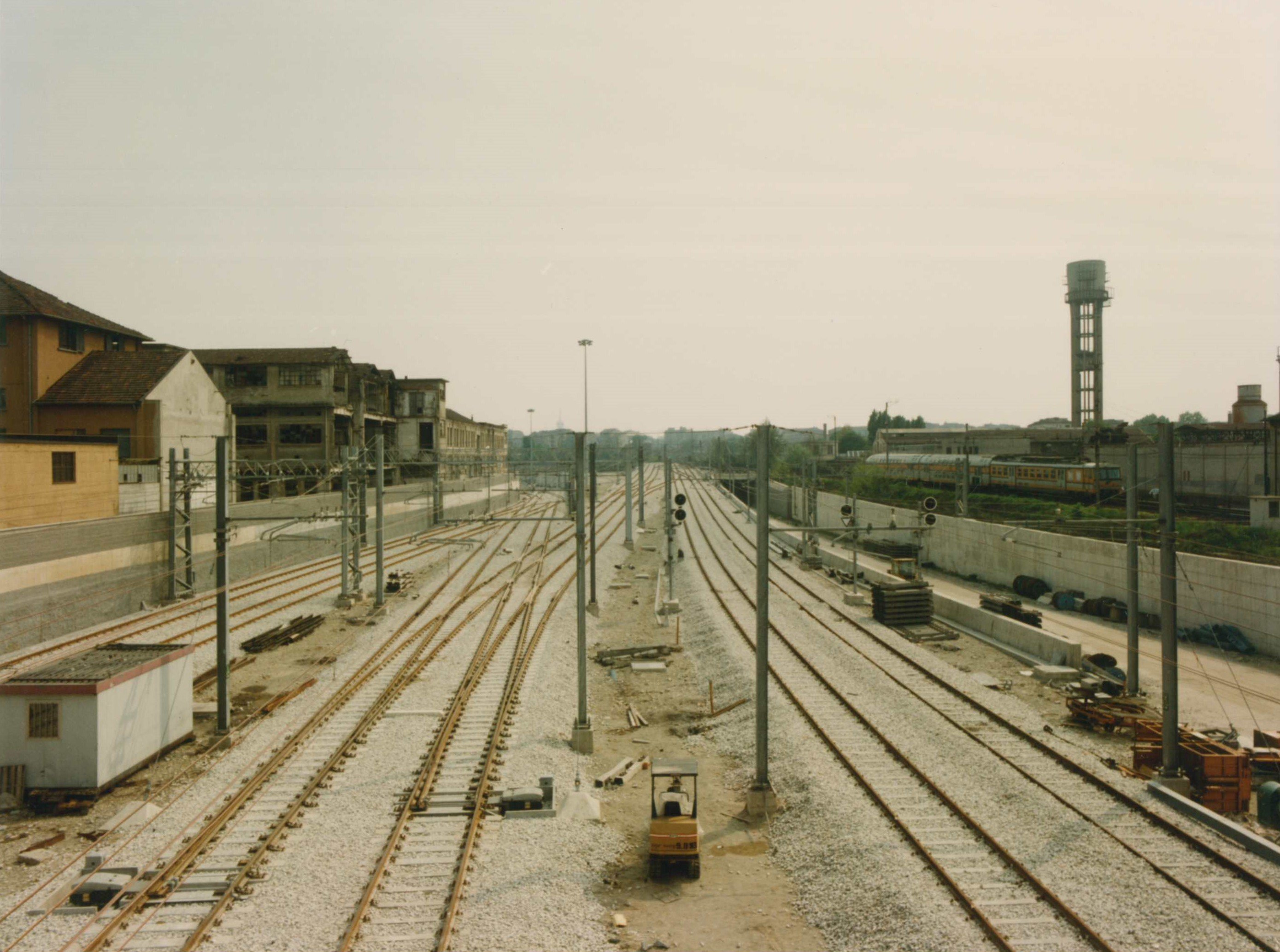
The new rail yard at Bovisa, in April 1991 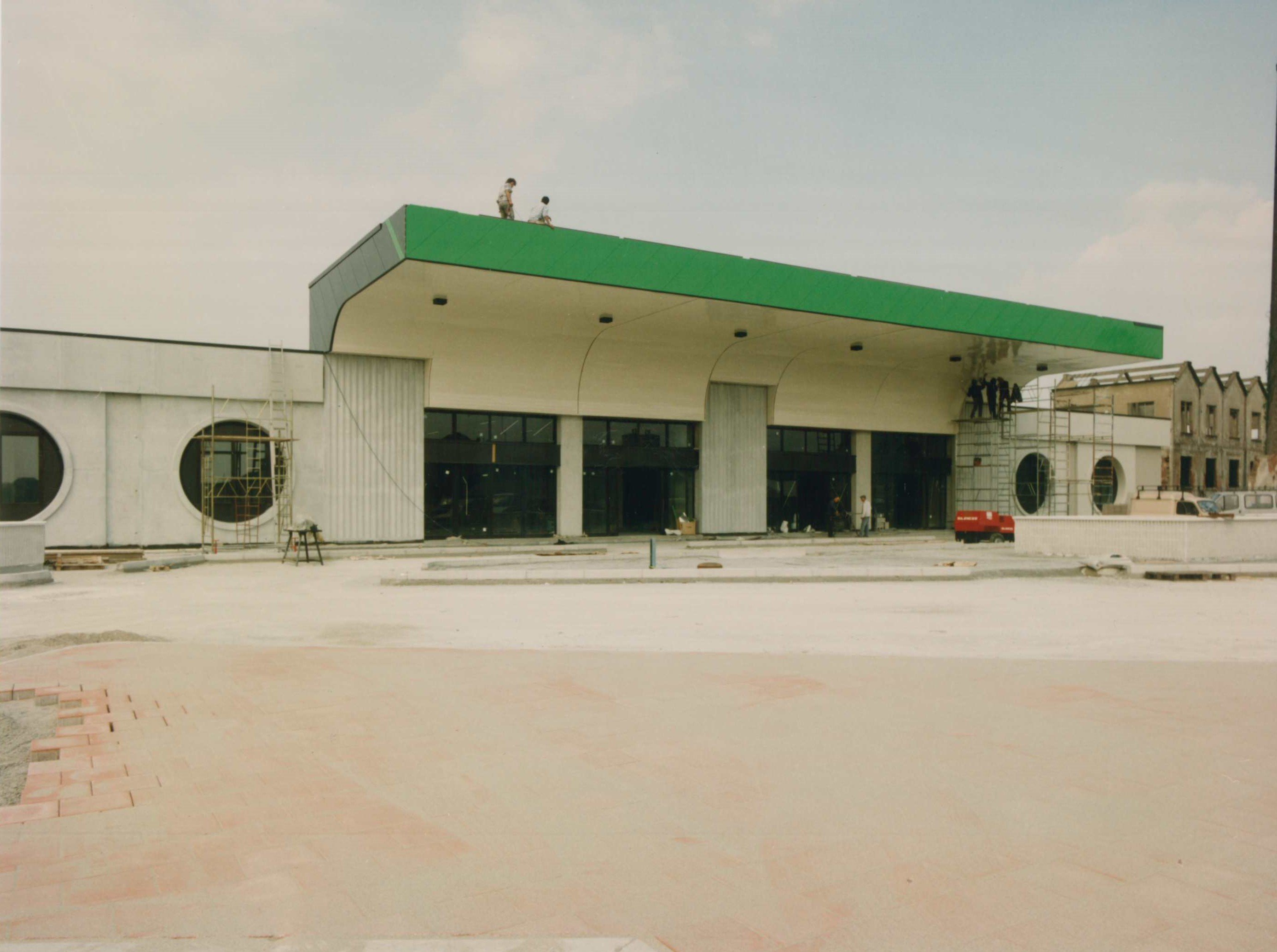
The construction of the new Bovisa station nearing completion, in April 1991 
In June 1991, the quadruplication work was almost finished: there are only two months until the opening of the new Bovisa 
In June 1989, the trackbed was completed at two previously unused arches, underneath the FS belt line for Domodossola and Turin. 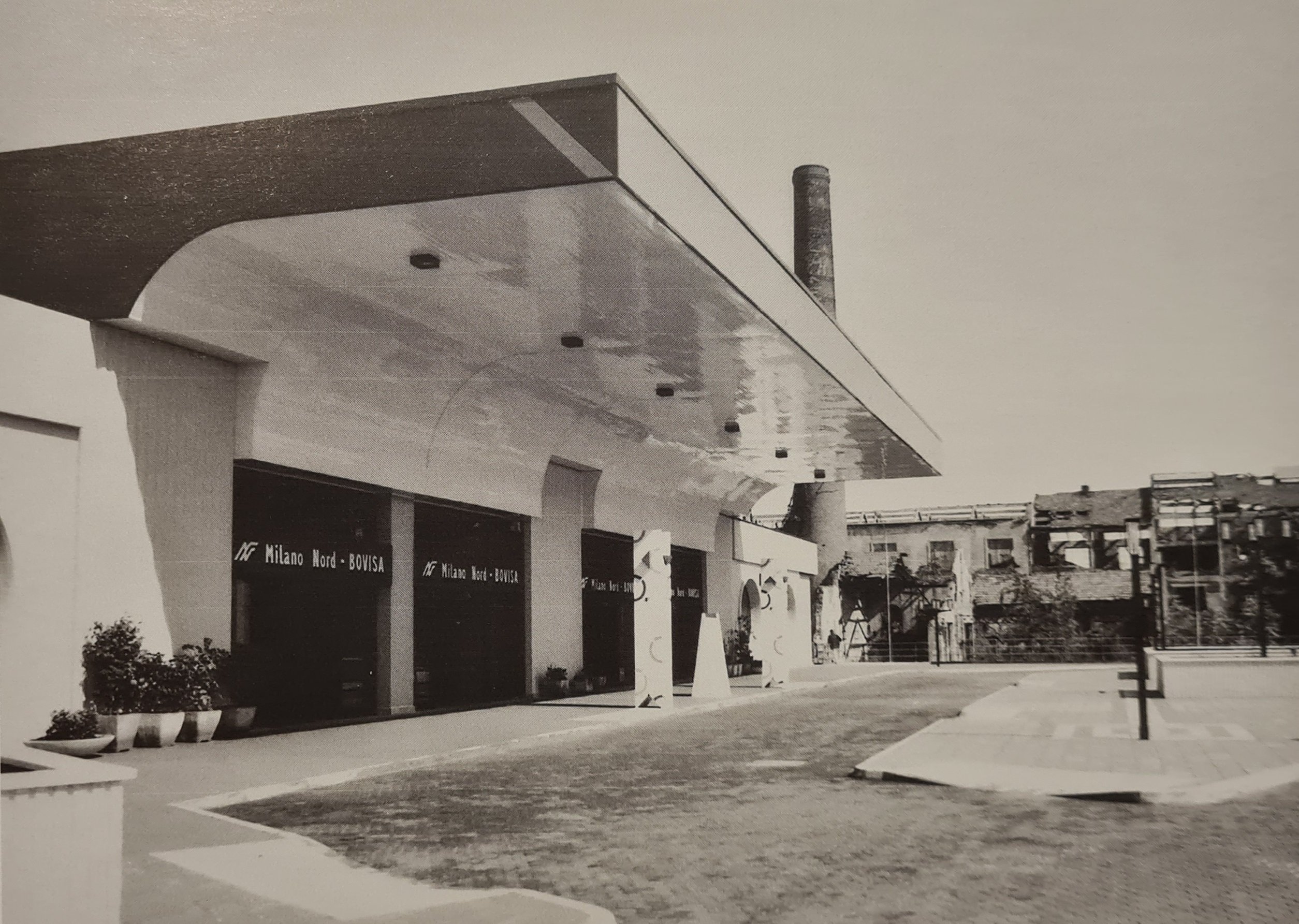
The entrance to the new Bovisa station, two months after its opening in October 1991. In the background some of the old buildings are in the process of being demolished.